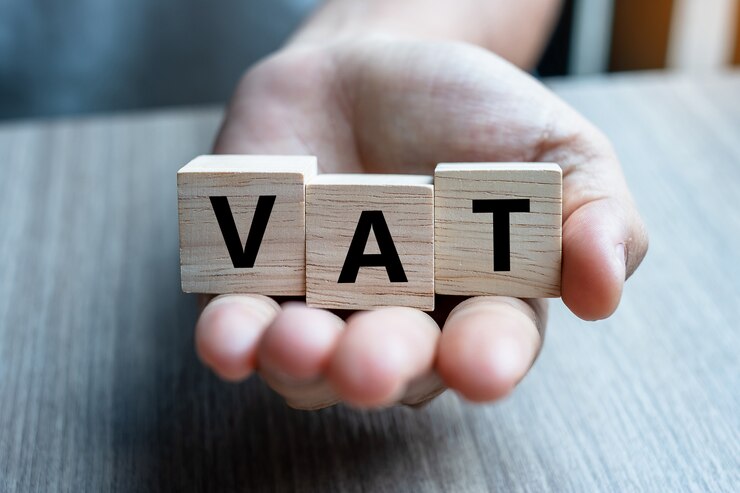info@essenceuae.com
+971565834586, +971545465248
Business Details: Provide your business's legal name, address, VAT registration number, and any other required identification information.
VAT Period: Specify the period for which you are submitting the return, usually a specific month or quarter.
Sales: Report the total value of your taxable sales for the period. This includes the amount of VAT charged to your customers. Depending on your location, you might need to categorize sales by different VAT rates (standard rate, reduced rate, zero rate, etc.).
Purchases: Declare the total value of your business purchases during the period. This includes the VAT you paid on goods and services you bought for your business.
Input VAT: Calculate the amount of VAT you are eligible to recover based on your business purchases. This is typically referred to as "input VAT" or "VAT incurred."
Output VAT: Determine the amount of VAT you owe to the tax authority based on your taxable sales. This is often called "output VAT" or "VAT charged."
VAT Due/Payable or Refund: Calculate the difference between the output VAT and input VAT. If your output VAT exceeds your input VAT, you will owe the difference as VAT payable. If your input VAT exceeds your output VAT, you may be eligible for a VAT refund.
Adjustments: Account for any adjustments required by the tax authority. This may include corrections to previous returns or changes in VAT rates.
Supporting Documentation: Depending on your country's regulations, you may need to provide supporting documentation such as invoices, receipts, credit notes, and import/export documents. Make sure to keep these records organized and readily available for inspection if needed.

